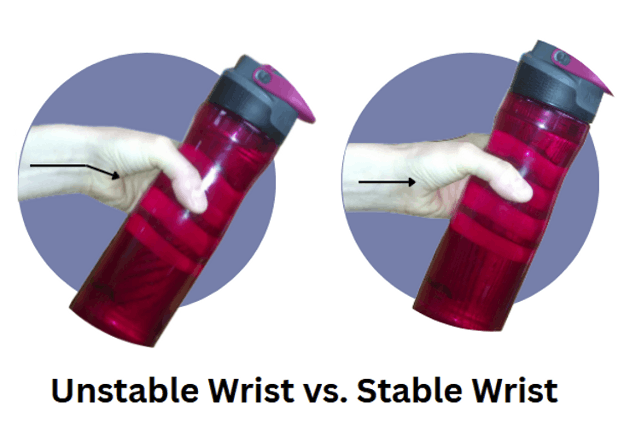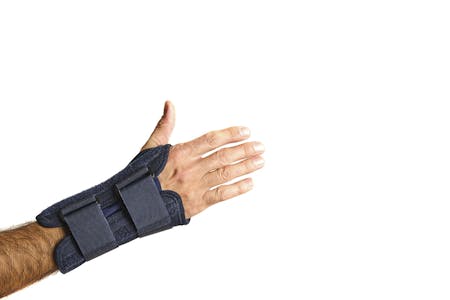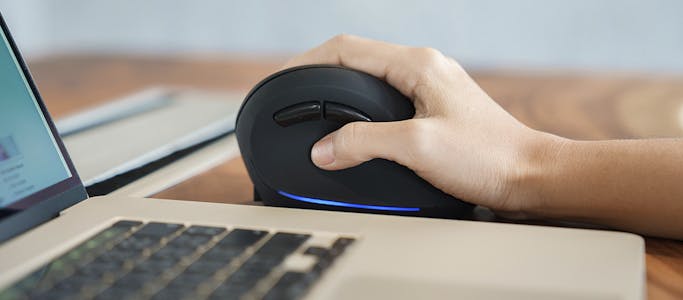The Rule of Threes
People with long-standing pain are often hypermobile or loose-jointed. This is difficult to overcome and is often missed by doctors and therapists. If you’ve tried therapy or other forms of exercise and everything just hurts more, you may be hypermobile and need to be treated as such. A successful treatment outcome depends upon a successful strategy. Just as three strands make a rope strong and three legs secure a stool, CGPT uses the rule of three in order to maintain joint strength and stability. The three concepts used at CGPT to protect the hypermobile joints are:
- Proper Ergonomics: Ergonomics is the science concerned with designing and arranging objects so that the people are positioned in a way that is most efficient and safe. Sports and work activities have researched proper and efficient positioning that ensures minimal risk of injury. But it also applies to everyday activities like lifting, bending, even what position you sit in and how you get out of a chair. Proper form is important to everyone, but it is essential for hypermobile individuals. Repetitive or forceful bending to extreme positions causes injury. An easy example is the wrist. People often drop the wrist when lifting items which causes pain in the wrist and at the base of the thumb. Practicing proper ergonomics protects the joint.
- Active Stabilization: It is important to know the proper position that a joint belongs in, as well as have the functional strength to hold the joint correctly during the activity. Active stabilization is the ability to keep a joint in the proper neutral position while performing an activity. Strengthening the necessary muscles in a stable position is key to pain free exercise and the ability to maintain the proper positions while performing everyday activities. With the wrist example, strengthening the muscles of the wrist will allow it to hold properly when lifting an object, instead of dropping the wrist and causing pain in the joint.
- Passive support: Support devices can be also used to improve the stability of hypermobile joints. This includes braces, proper shoes, taping techniques, etc. Revisiting our wrist example, a common support would be a wrist cockup splint, or a gel pad in front of the keyboard to maintain wrist neutral positioning while typing. With hypermobility, joints should also be supported when they are at rest, especially when they hurt.


Pain coming from loose joints does not go away from laying on a table and being stretched by a therapist. It requires a lot of education, training, and strengthening to have long term results. With hypermobility, it is much easier to prevent the pain than it is to make it go away once you have it. Applying the rule of three throughout the day can help you manage your pain and return to more activities that you enjoy. At CGPT, we do more than stretching. We work with each patient to make sure they are exercising pain-free with good joint stability, and that they have the knowledge and training they need to be successful after therapy.Click here to see if you are hypermobile.




